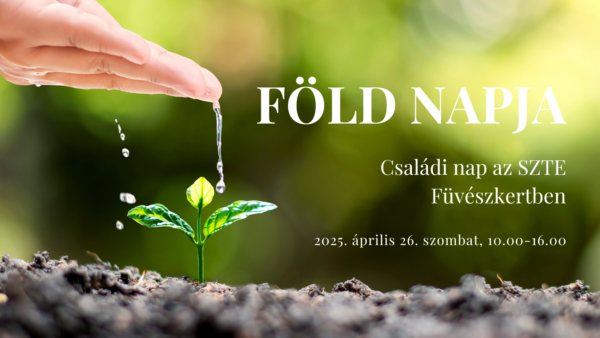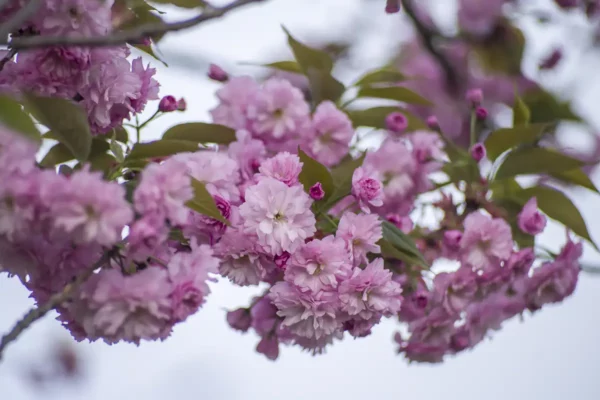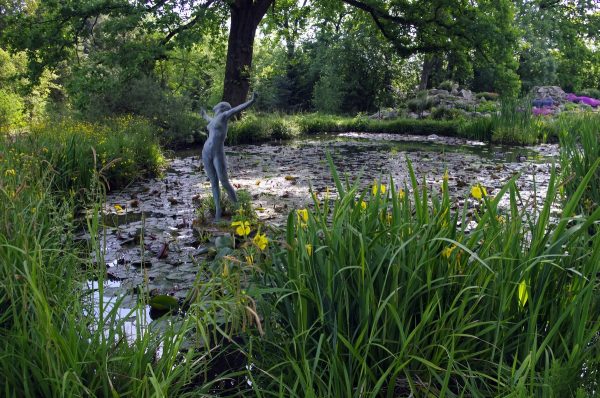The situation and application of the SZTE Botanical Garden
The Botanical Garden of the University of Szeged has been dealing with ex situ conservation since 1998. Although the only one in the country, the Füvészkert has a phytotron in which biological background studies of ex situ conservation can be carried out, its outdated condition, hence its uncertain and expensive operation, as well as the nursery greenhouse, which is in very poor condition, provide less and less suitable conditions, and thus the ex situ program is getting closer to complete impossibility every year.
Due to the siltation of the garden's wetlands and the filling of the bog created in 1974, it is currently not suitable for the ex situ conservation of species that require wetlands, which have been endangered due to the decrease in the area of the lakes of the Great Plain.
SZTE's Füvészkert tender
KEOP announced by the National Development Agency in 2007 3.1.3. The SZTE Botanical Garden submitted a tender for a call for tenders "Development of the infrastructure necessary for the preservation and restoration of the SZTE Botanical Garden collection, especially with regard to domestic protected plants ex situ conservation".
In 2008, Füvészkert won HUF 8,600,000 in support for the first project preparation stage of the two-round tender. From this amount, the plans for the phytotron renovation of the nursery greenhouse, which is essential for collection maintenance and ex situ plant conservation, the plans for the phytotron renovation of the plant nursery building necessary for the biological background tests of ex situ conservation, and the rehabilitation plan for the garden's wetlands were completed.
We submitted the second round of the tender in May 20009. This aims to implement the above plans and finance the implementation in the amount of HUF 160 million.
If the tender is awarded, the renewable buildings become suitable for the long-term continuation and expansion of activities related to the preservation of plant diversity, the modern architectural and mechanical solutions contribute to the reduction of the emission of harmful substances, the lower heating and electrical energy costs make maintenance and operation more economical, and the renovated buildings provide significantly better working conditions for the employees of the Botanical Garden. By rehabilitating lakes, bogs and canals, we can also extend ex situ conservation to the species of particularly endangered wetlands.








